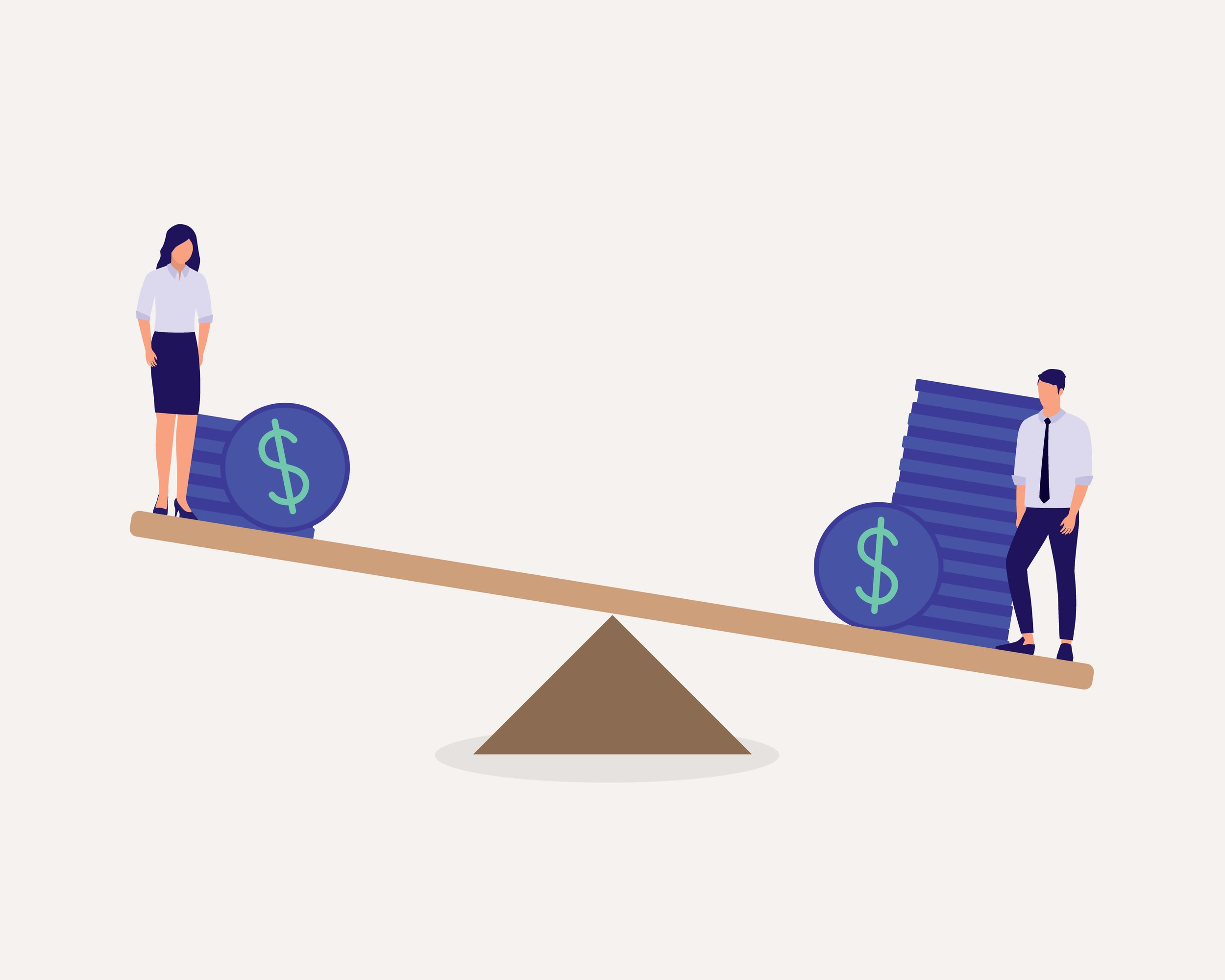By Julia Smith, General Member
The gender pay gap, a persistent issue affecting countries worldwide, is a glaring indicator of gender inequity. In Canada, a nation often commended for its commitment to gender equality, this gap remains a troubling reality. The gender pay gap refers to the difference in average earnings of people based on gender. It is a widely recognized indicator of gender inequities and exists across industries and professional levels throughout Canada.
At the heart of the gender pay gap lies a shocking statistic: women in Canada, whether working full-time or part-time, earn just 89 cents for every dollar their male counterparts make. This wage disparity is not simply a numerical difference; its consequences are profound and far-reaching, particularly for women in vulnerable financial situations. This vulnerability is even more pronounced among women facing multiple barriers, including racialized women, Indigenous women, and those with disabilities. The combination of gender and other forms of discrimination magnifies the pay gap's impact, perpetuating an unjust cycle of economic disparity.
The struggle for equal pay has been a longstanding issue, and it wasn't until 1951 that Canada implemented "equal pay legislation (s)" requiring that men and women be paid the same wage for the same or identical work. However, the reality was far from equal, as men and women often worked in different occupations and industries, making the legislation ineffective in bridging the pay gap. Today, occupational disparities continue to contribute to the gender pay gap. A mere 34% of the workforce in science, technology, engineering, and math (STEM) comprises women. These fields are typically associated with higher-paying jobs, and the underrepresentation of women in STEM only exacerbates the wage disparity.
It is imperative to bring forth the notion that Canada, with its reputation for gender equality, has faced international scrutiny for the persistence of the gender pay gap. The United Nations Human Rights Committee 2015 raised concerns about "persisting inequalities between women and men" in the country. This global call-out emphasized the high level of the pay gap and its disproportionate impact on low-income women, racialized women, and Indigenous women. It forces us to confront a critical question:
How can a nation celebrate its commitment to equality still grapple with such a fundamental issue?
The gender pay gap in Canada is an alarming reality and a reflection of deep-seated inequalities. Its impact is felt most by the women who find themselves on the wrong side of this divide. To truly live up to our reputation as champions of gender equality, we must address the multifaceted nature of the pay gap. It requires proactive measures, from dismantling occupational barriers to challenging stereotypes, to ensure equal pay for equal work becomes an unquestioned norm. The international call-out serves as a stark reminder that the pursuit of gender equality is an ongoing journey, one that demands unwavering commitment and dedication from all.
The following links contain more shocking statistics and essential information on this issue to further your understanding:
Statistics- Canadian Woman.org: https://canadianwomen.org/the-facts/the-gender-pay-gap/
Statistics Canda improvements On the pay gap; https://www150.statcan.gc.ca/n1/pub/14-28-0001/2020001/article/00003-eng.htm
Gender Pay gap in STEM fields: https://scwist.ca/closing-the-gender-pay-gap/#:~:text=A%20report%20by%20the%20Canadian,17%25%20and%20widens%20to%2021%25

